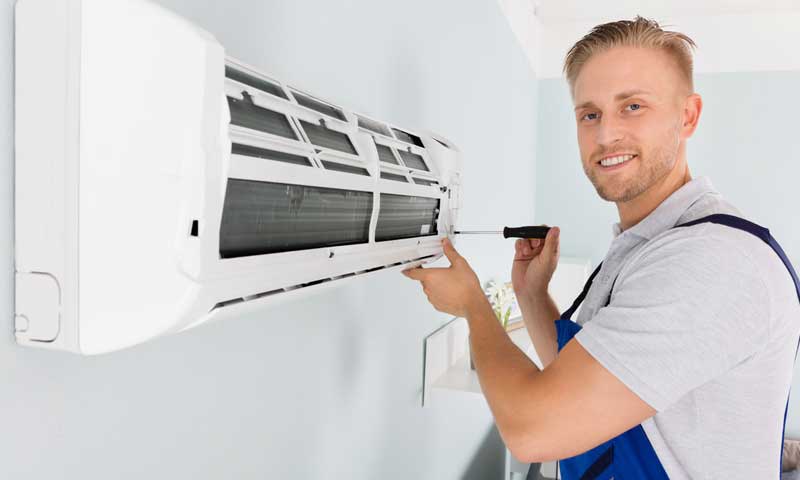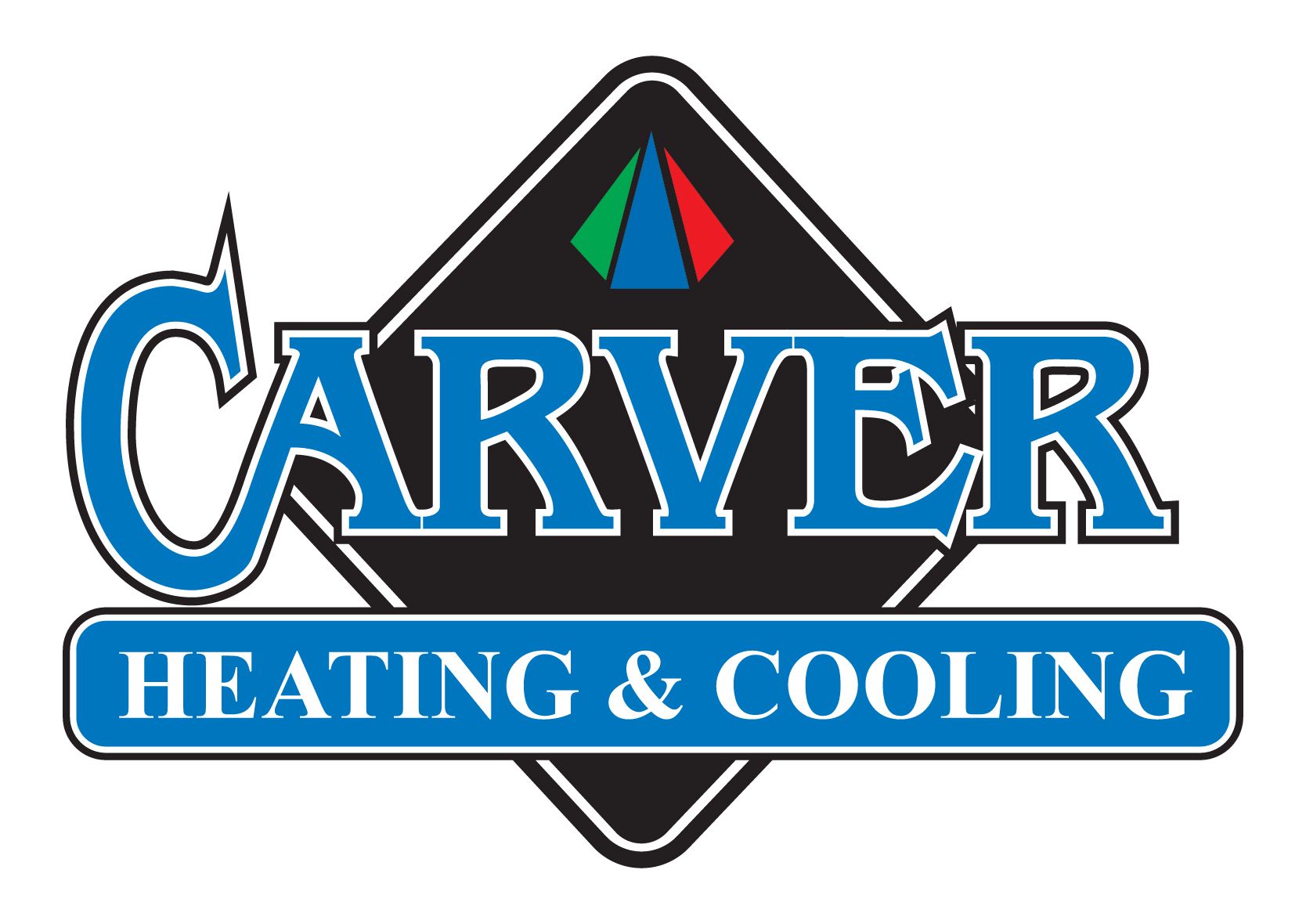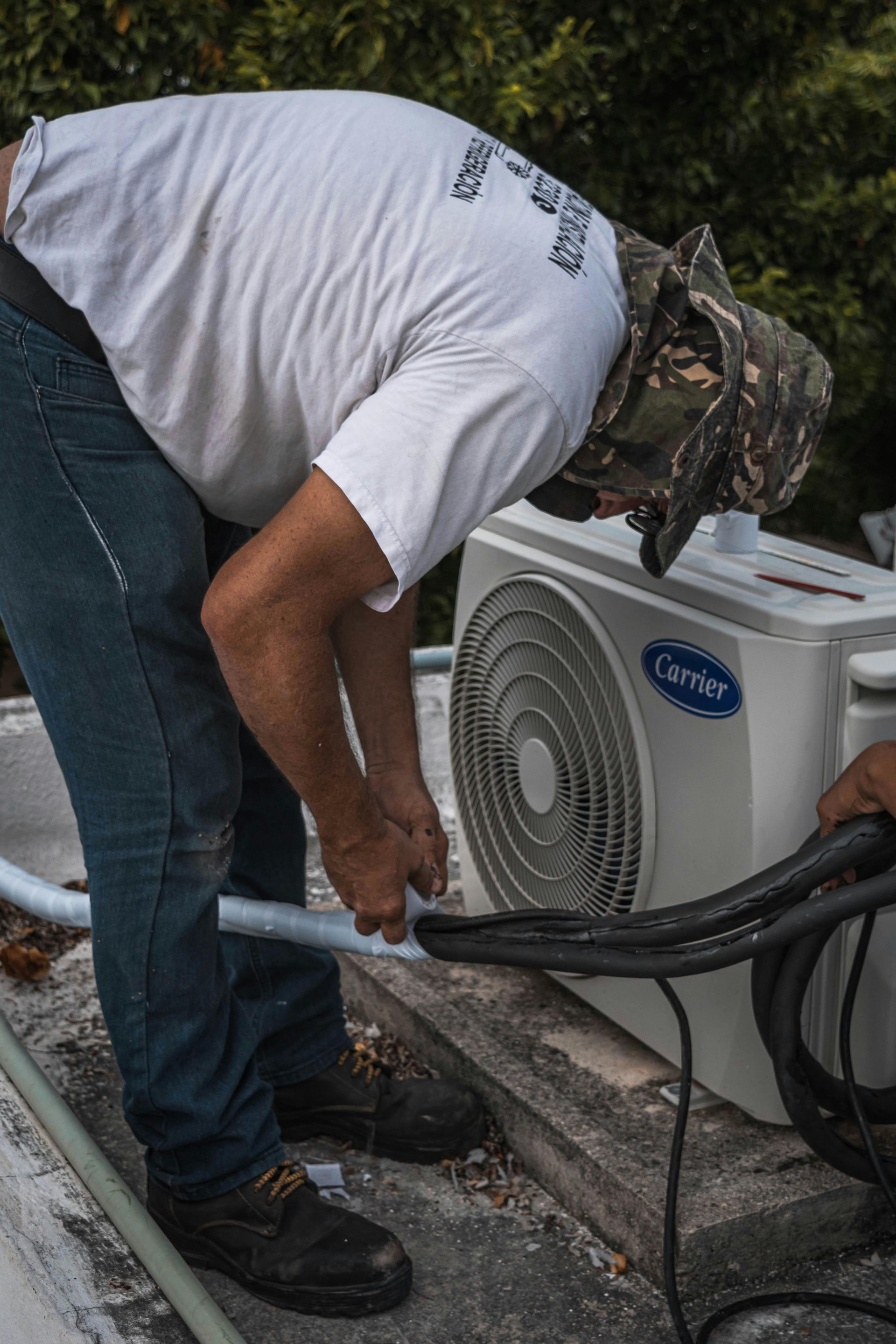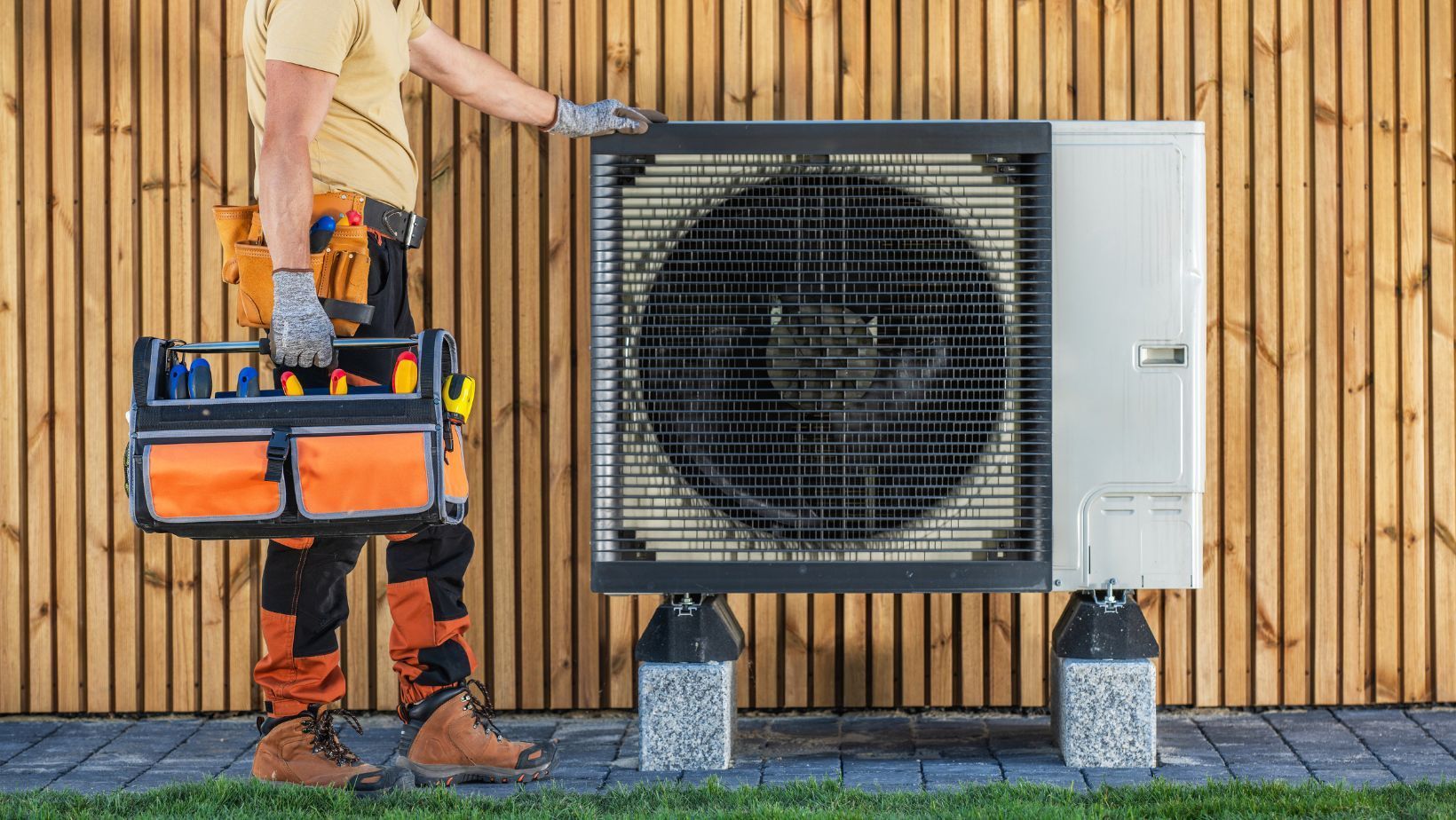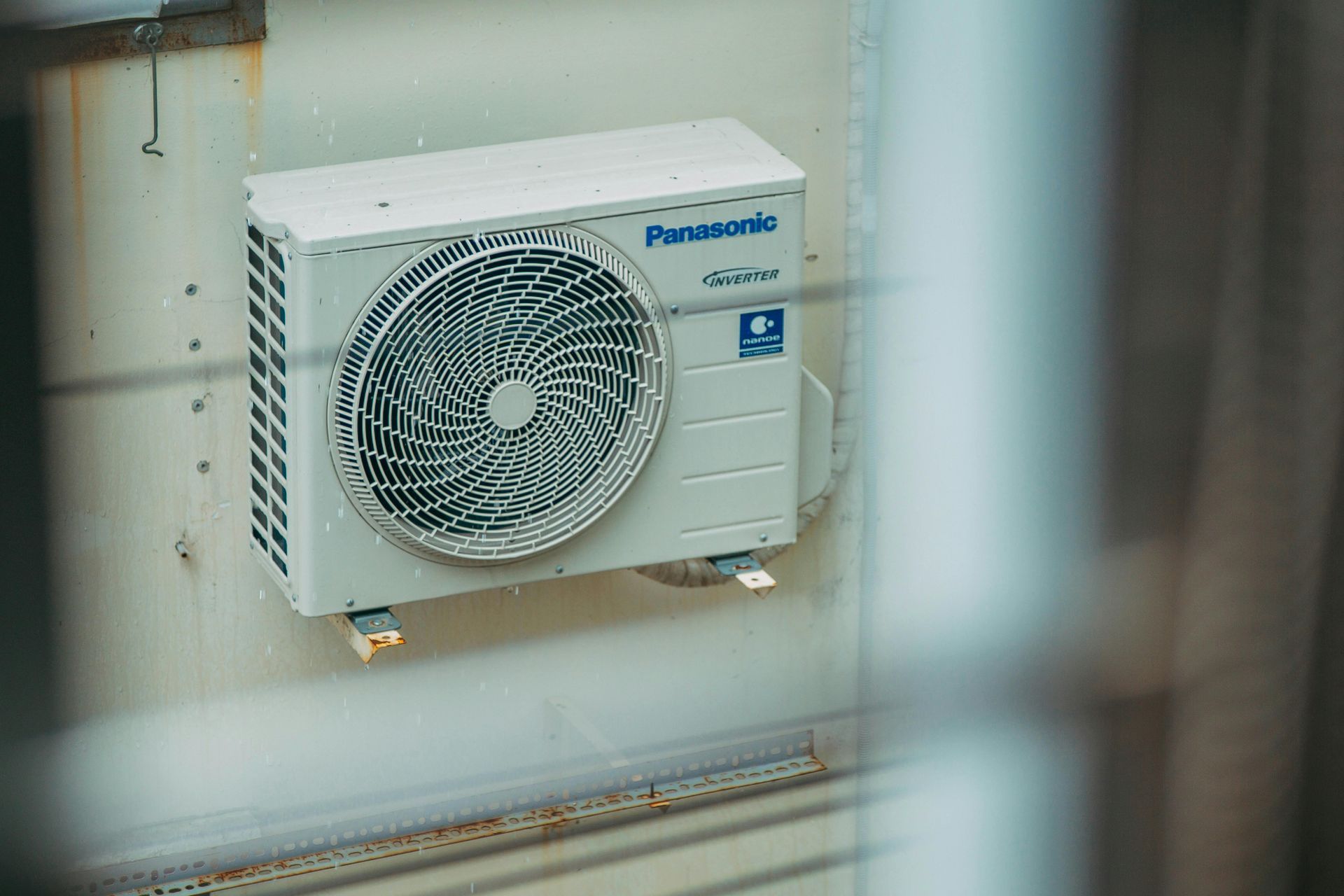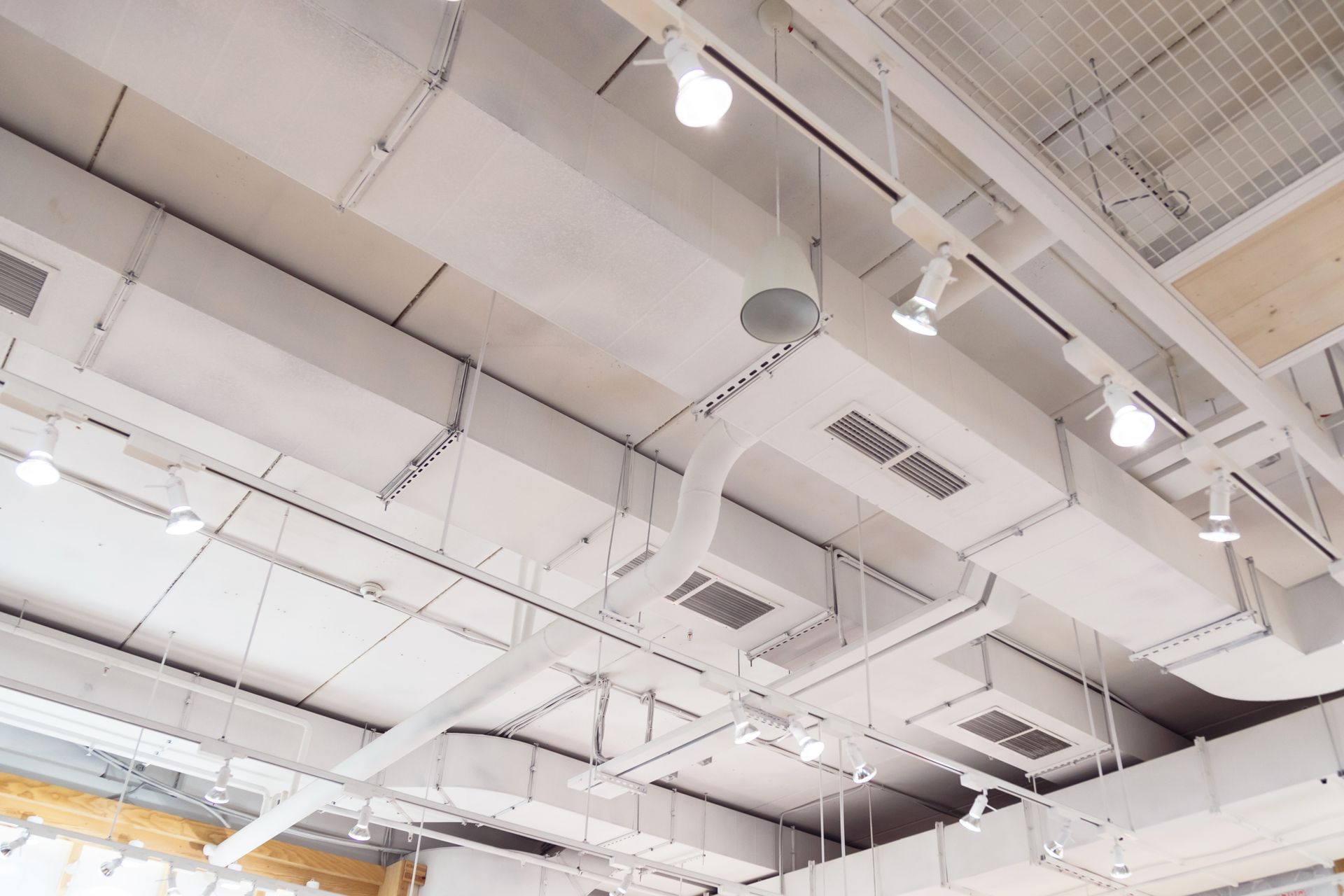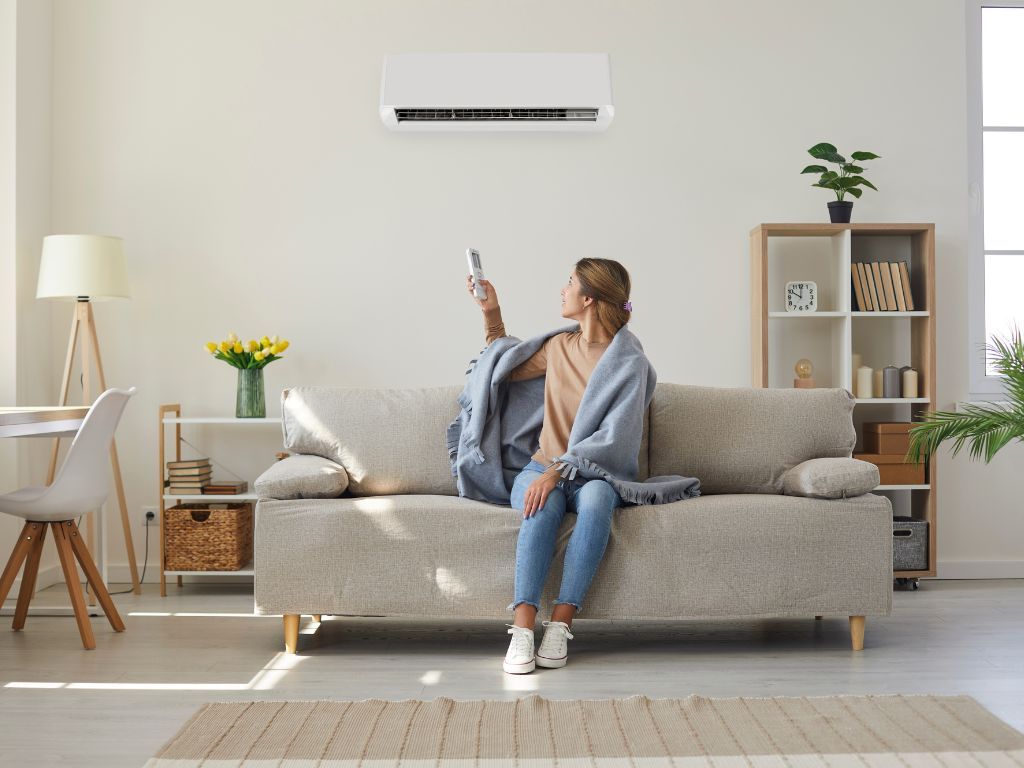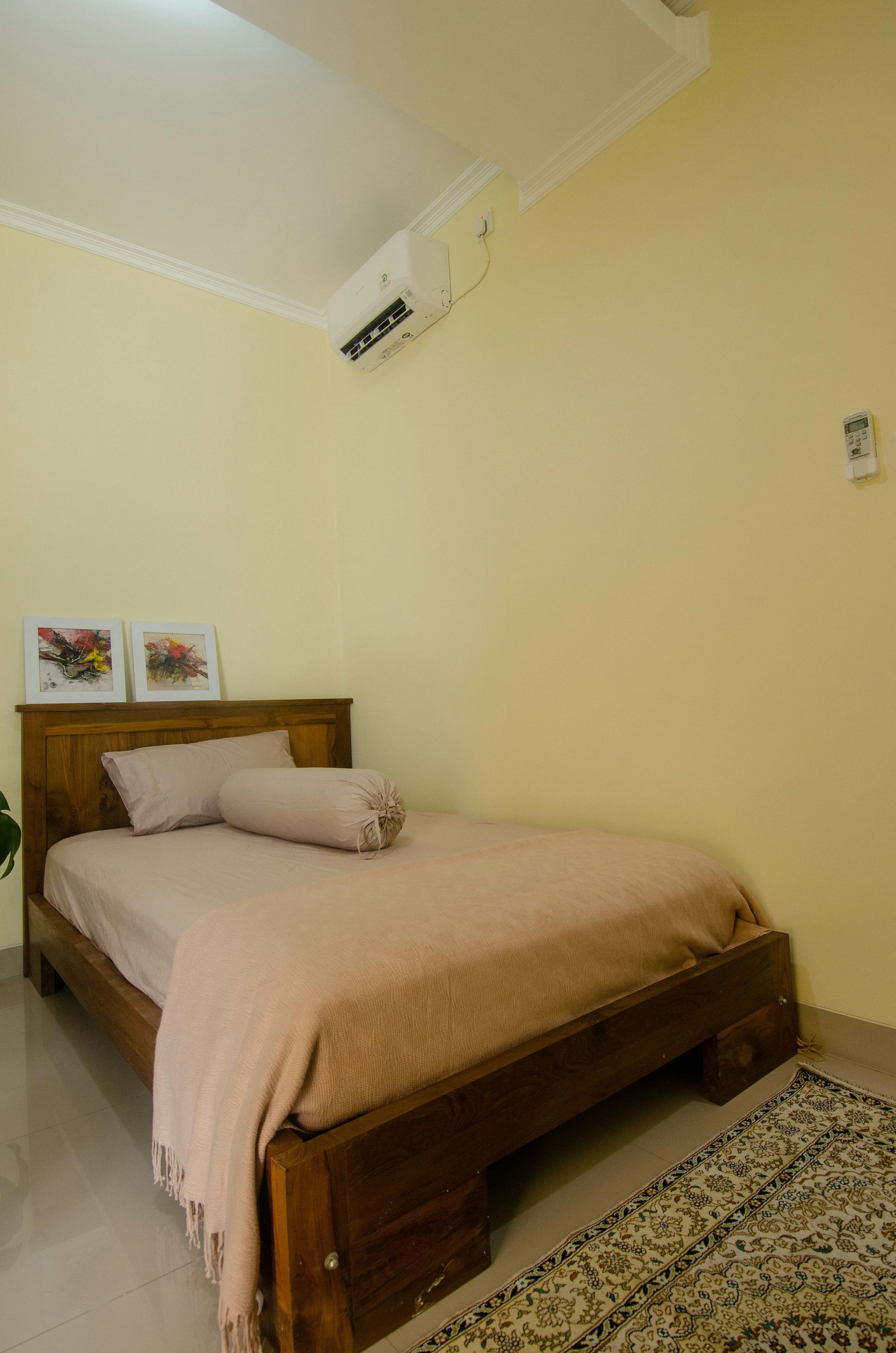Breathe Better: Why HVAC Duct & Vent Repair Improves Air Quality in London, Ontario
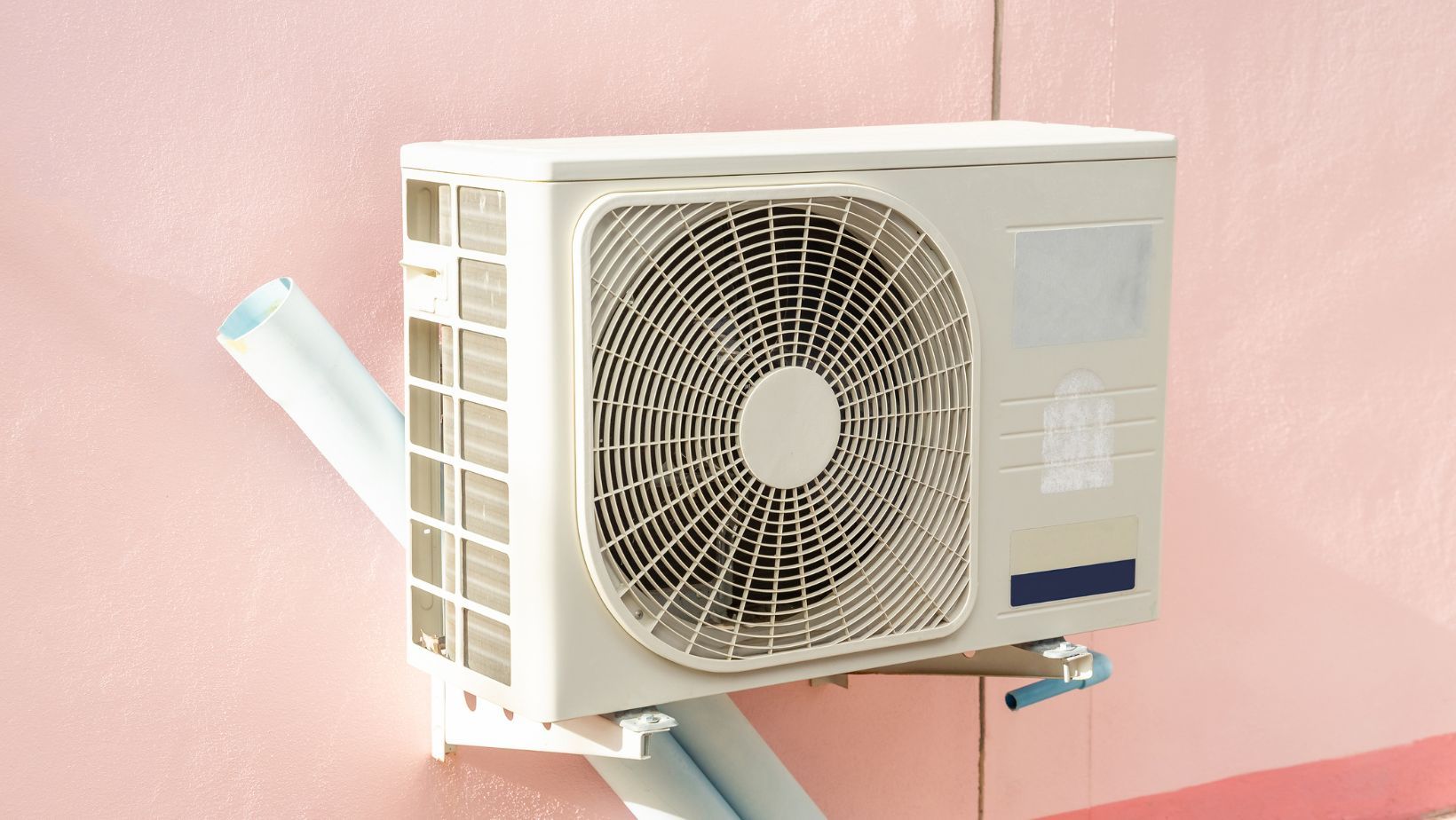
If the air in your home doesn’t feel as fresh as it used to—or if family members seem to be sneezing more than usual—it might not be allergy season or a passing cold. Your home’s air quality might be quietly compromised by something hiding in plain sight: your HVAC ducts and vents. In London, Ontario, where homes face everything from icy winters to hot, humid summers, your heating and cooling system works overtime. But even the best system can falter if the airways inside your home are clogged, leaky, or damaged.
This blog explores how HVAC duct & vent repair can significantly improve the air you breathe indoors. We'll look at how neglected ductwork impacts your health, comfort, and energy bills—and why investing in professional service is a smarter move than attempting a quick DIY fix.
Key Takeaways
- Clean, sealed ductwork supports better indoor air quality.
- Damaged vents can increase allergy symptoms and respiratory issues.
- Repairs can cut heating and cooling costs by preventing air loss.
- DIY solutions are often temporary and may worsen the problem.
- Local pros like Carver Sheet Metal are equipped for effective, lasting results.
Overview
Ducts and vents act like the veins of your HVAC system, moving heated or cooled air throughout your home. When these channels become blocked by dust, cracked by age, or disconnected due to structural shifts, the result is more than just uneven temperatures—it’s reduced air quality. In homes across
London, Ontario, poor duct maintenance has been linked to higher energy use and lower indoor comfort.
Maintaining the integrity of your HVAC duct & vent repair system not only makes your system run more efficiently but also protects your family's health by reducing contaminants like mold, pollen, pet dander, and dust mites. That’s why this type of repair isn’t just about comfort—it’s about wellness.
Why Air Quality Suffers When Ducts Are Damaged
When ductwork is broken or poorly sealed, the air your HVAC system works so hard to condition can leak out before it ever reaches your living space. Worse, return ducts may draw in contaminated air from attics, basements, or wall cavities. Instead of enjoying clean, filtered air, you’re inhaling particles that were never meant to circulate in your home.
In London homes—especially older builds—duct damage is a common problem. With seasonal temperature changes causing ducts to expand and contract, gaps and holes can form over time. Once compromised, these ducts become gateways for pollutants and allergens to invade your living space.
The result? More coughing, sneezing, headaches, and even fatigue. People with asthma or allergies are especially vulnerable. It becomes clear: clean air starts with clean ducts.
The Hidden Costs of Neglecting HVAC Duct & Vent Repair
Many homeowners don’t notice there’s a problem until utility bills start creeping up. A duct leak might not make a sound, but it can waste 20–30% of your system’s output. That means your furnace or AC is working harder for worse results. This not only shortens the life of your system, but also drives up monthly energy costs.
Neglected vents can also allow moisture buildup—creating a cozy environment for mold. And once mold spores enter your airflow, the risks multiply.
You’re now facing potential structural damage, health issues, and costly remediation.
It’s tempting to delay repairs or grab a roll of duct tape. But temporary fixes won’t address airflow balance, pressure calibration, or proper insulation. Long-term savings and safety come from proper, professional repair work.
How Professional HVAC Duct & Vent Repair Works
When a qualified technician inspects your HVAC duct & vent system, they’re looking at much more than just visible holes. They evaluate the entire flow of air—checking for pressure drops, improper layouts, or sections that may be working against each other. Using tools like smoke pencils, infrared cameras, or airflow meters, they can pinpoint invisible leaks or obstructions.
Repairs might involve resealing joints, replacing crushed or corroded ducts, and securing dislodged vent covers. A good technician will also verify insulation around ducts in unconditioned spaces like basements or attics. In London’s variable climate, this is vital for preventing condensation in winter and overheating in summer.
After repairs are completed, your HVAC system is not only more efficient—it’s quieter, cleaner, and healthier for everyone in the household.
Why DIY Isn’t the Answer
It’s understandable to want to save money. But ductwork is more complicated than it looks. That silver tape? It’s often the wrong type. That dusty vent? Cleaning it alone won’t fix a leak inside the wall.
Without the right tools or training, DIY attempts can cause more harm than good—blocking airflow, introducing fire hazards, or voiding warranties. Worse, it gives a false sense of resolution while real problems persist behind the scenes.
For long-lasting, safe, and efficient results, trust experienced professionals who specialize in HVAC duct & vent repair. They don’t just patch the problem—they solve it at its source.
If your home’s air feels stuffy, stale, or just not as fresh as it should, don’t wait for small problems to grow into expensive headaches. At Carver Sheet Metal, we specialize in HVAC duct & vent repair that restores clean airflow, cuts energy waste, and helps your family breathe better—year-round.
Visit us at Carver Sheet Metal, 11245 Sunningdale Road E, London, ON, or call us today at 519-555-3821 to schedule your inspection.
Conclusion
The air you breathe matters—and so does the path it travels. In London, Ontario, where indoor comfort depends heavily on your HVAC system, neglected ducts and vents can quietly sabotage your health, wallet, and comfort.
Investing in professional HVAC duct & vent repair doesn’t just fix airflow. It renews your living space, reduces allergens, and boosts efficiency. Clean air isn’t a luxury—it’s a necessity.
Ready to experience the difference? Call Carver Sheet Metal today to schedule your duct & vent inspection and start breathing easier.
FAQs
Q: How do I know if my ducts need repair?
A: Look for uneven heating or cooling, rising energy bills, more dust than usual, or a musty smell. These can all signal damaged ductwork.
Q: Can duct damage affect my allergies?
A: Yes. Damaged ducts can circulate allergens like pollen, mold, and dust that would otherwise be filtered or blocked.
Q: Is duct cleaning the same as duct repair?
A: No. Cleaning removes debris, but repair addresses leaks, damage, and airflow issues. Both may be needed, but they serve different purposes.
Q: How often should ducts be inspected?
A: Every 3–5 years is ideal. However, if you’ve recently renovated, moved, or noticed air quality changes, an earlier check is wise.
Q: Can I fix duct issues myself?
A: While basic vent dusting is fine, repairing ducts properly requires training and tools. DIY can worsen the issue or create new problems.
